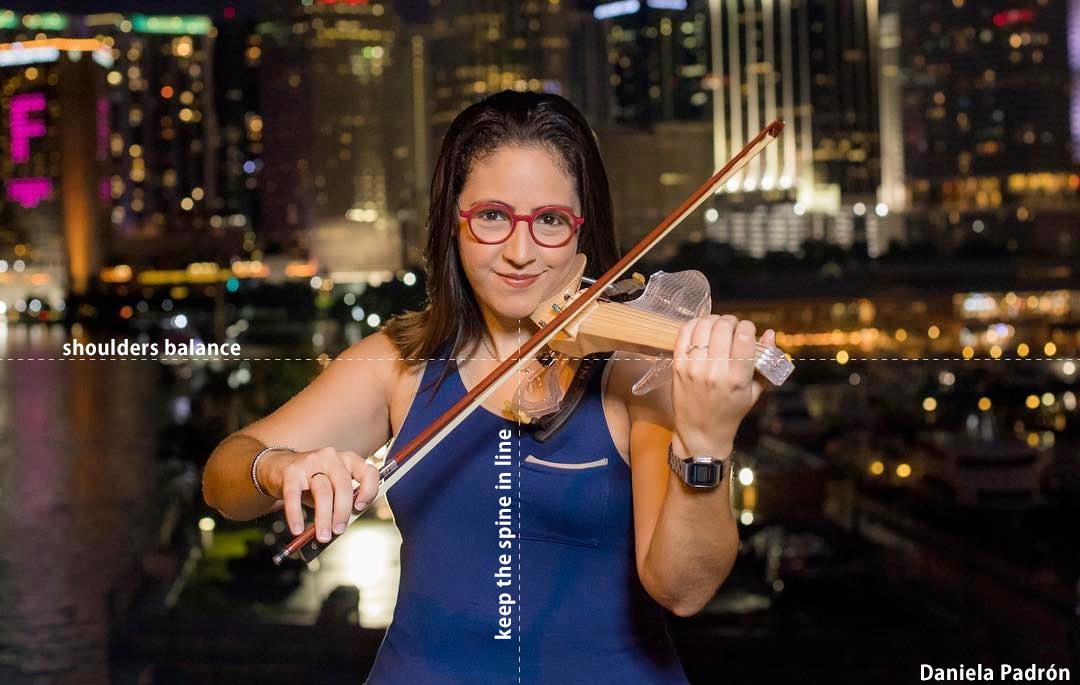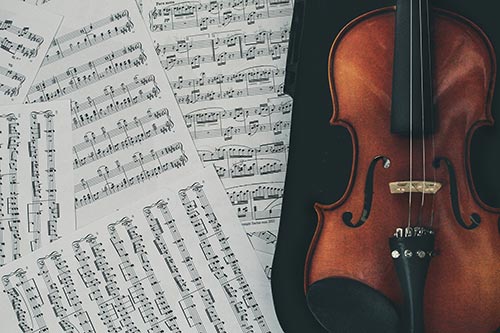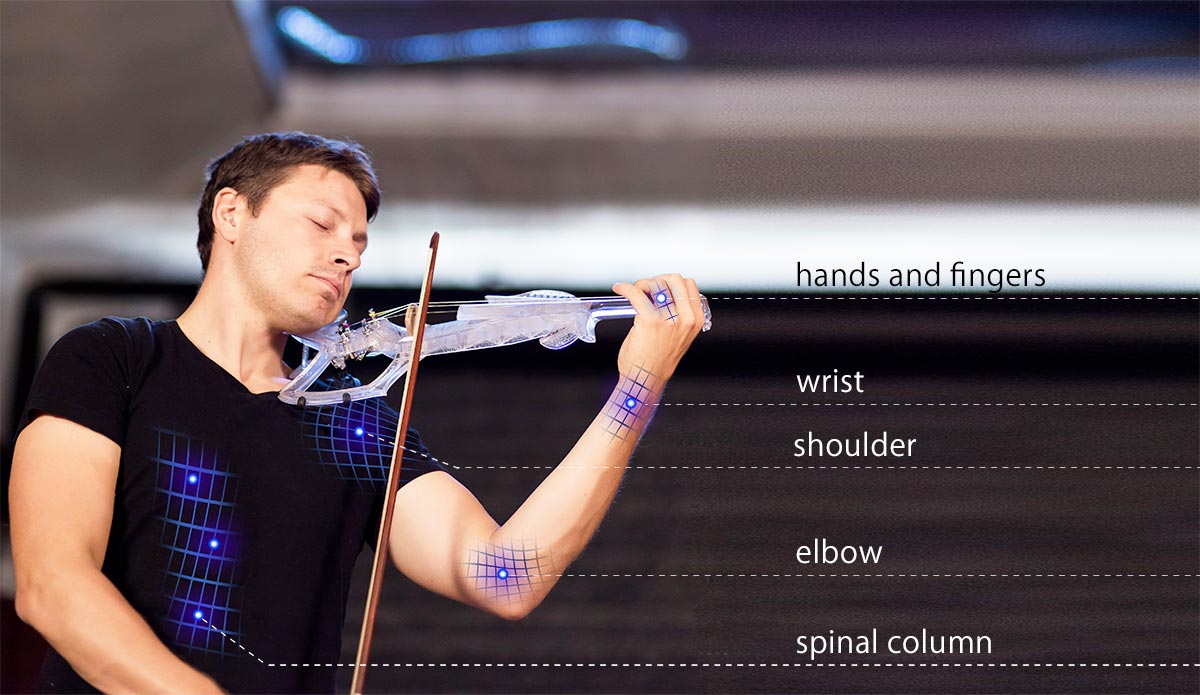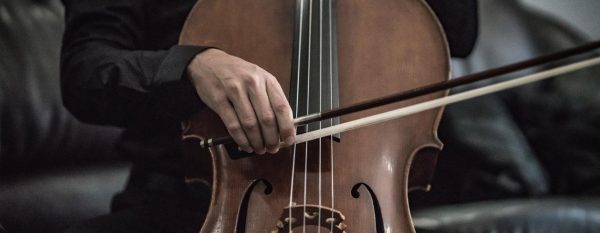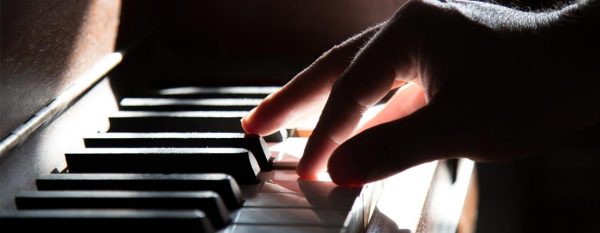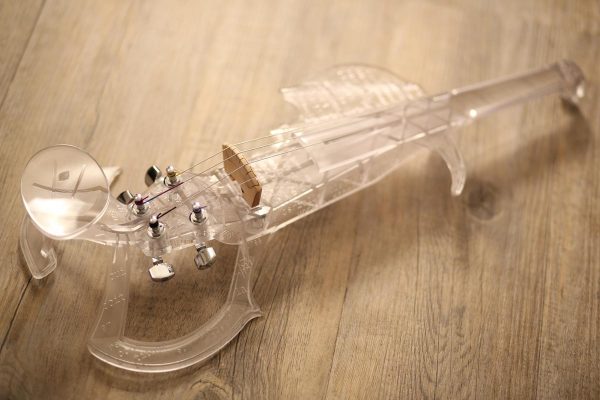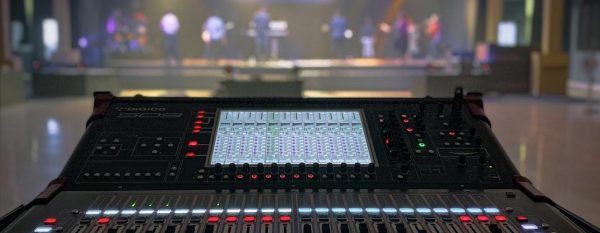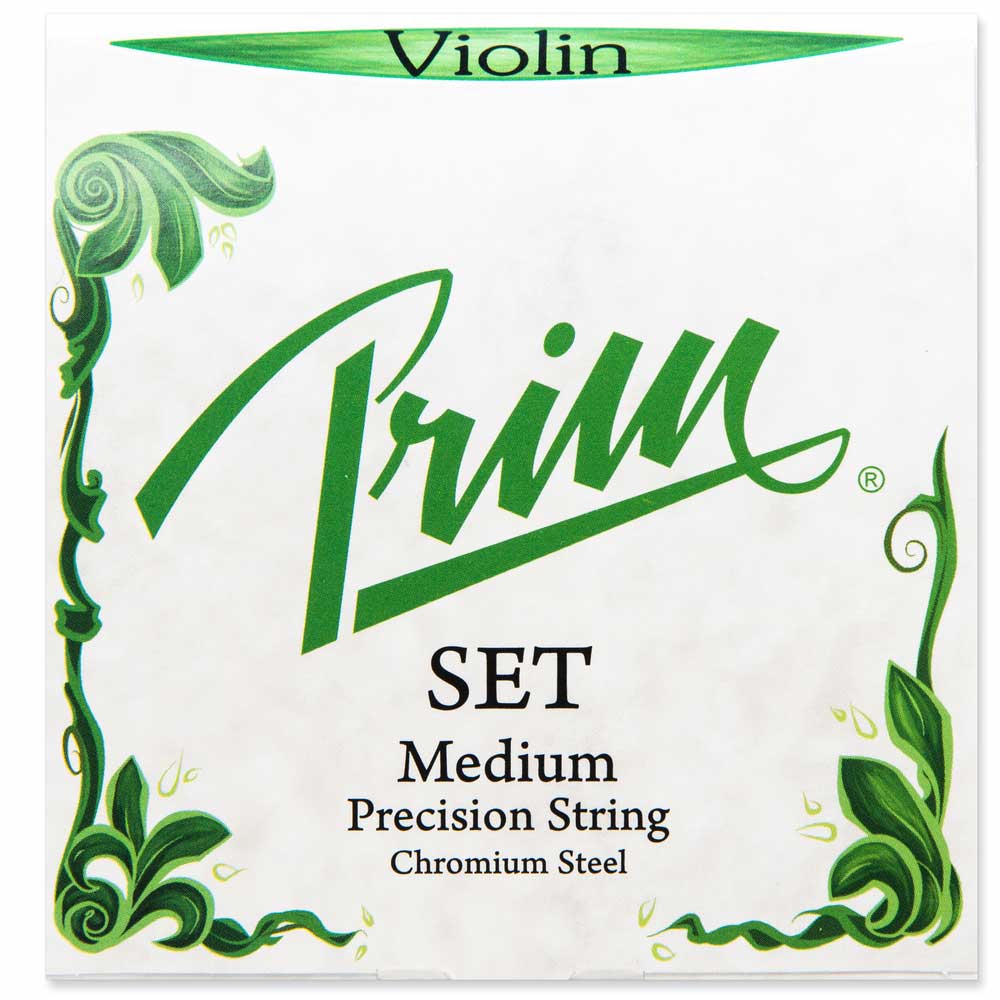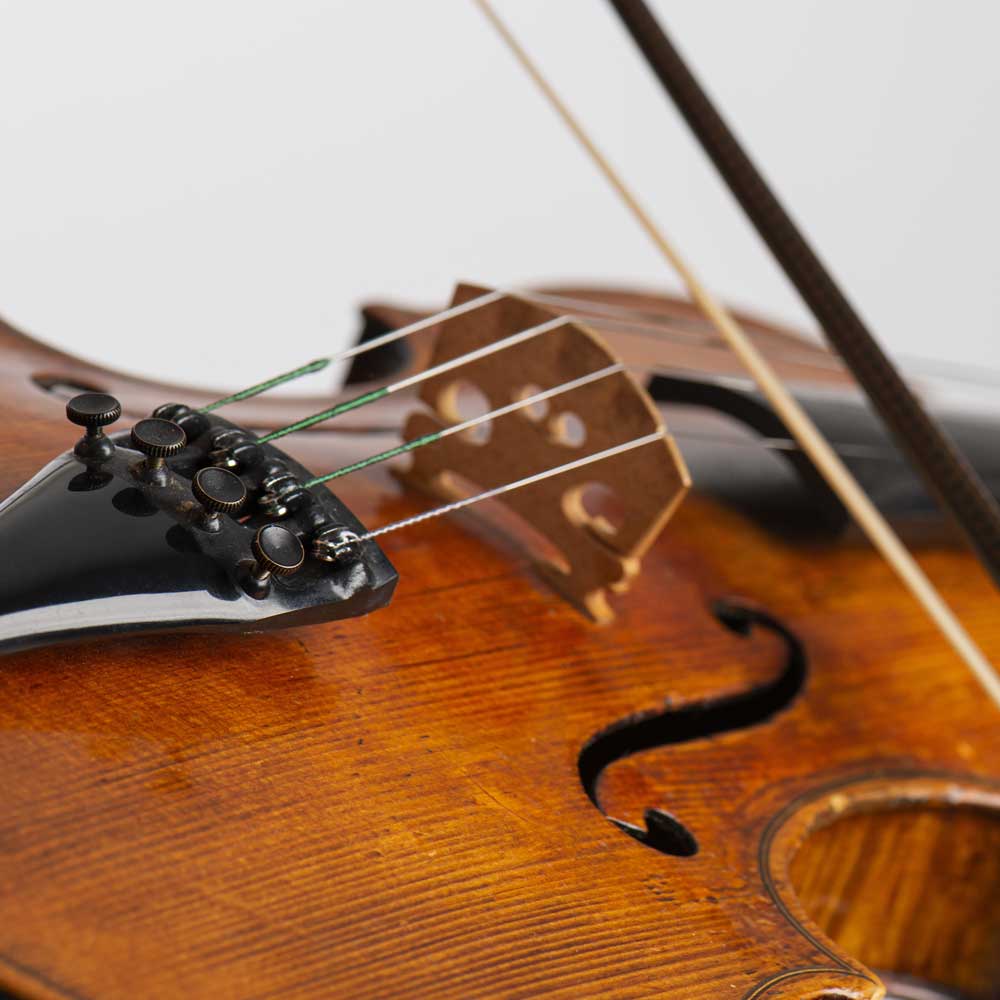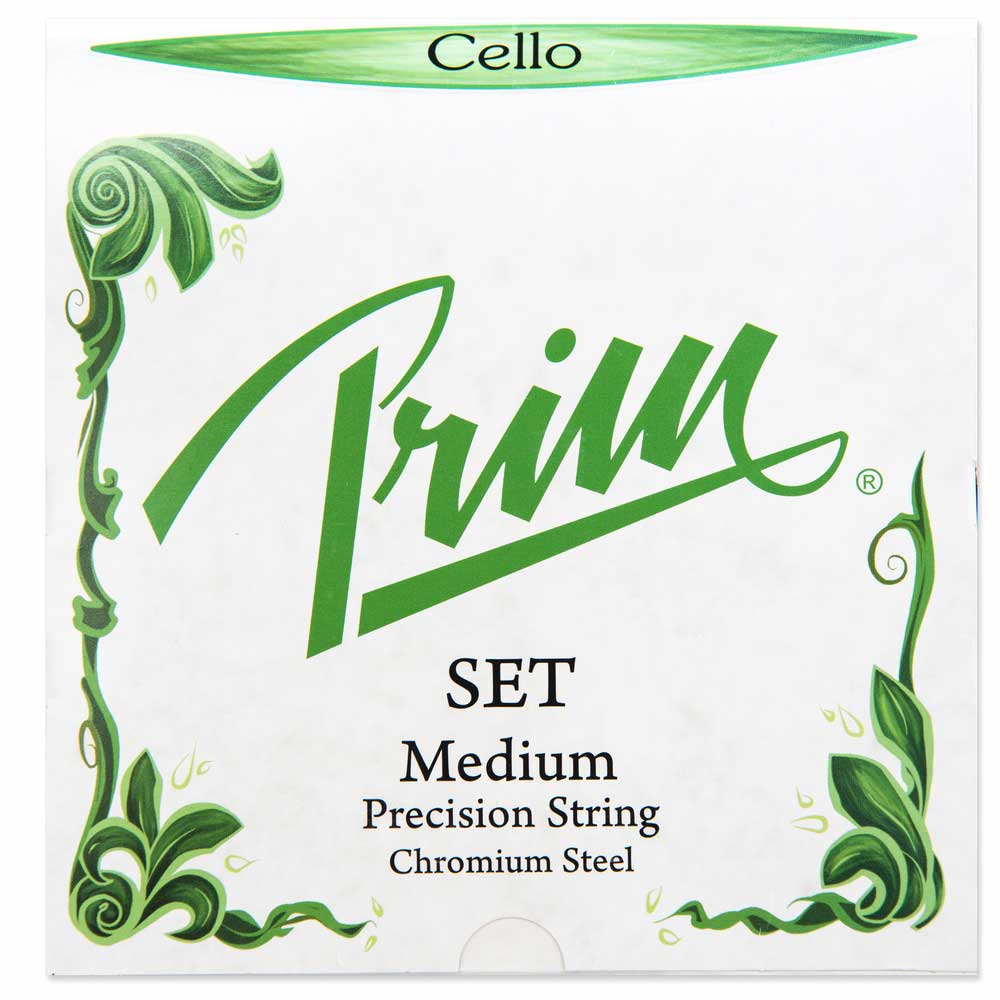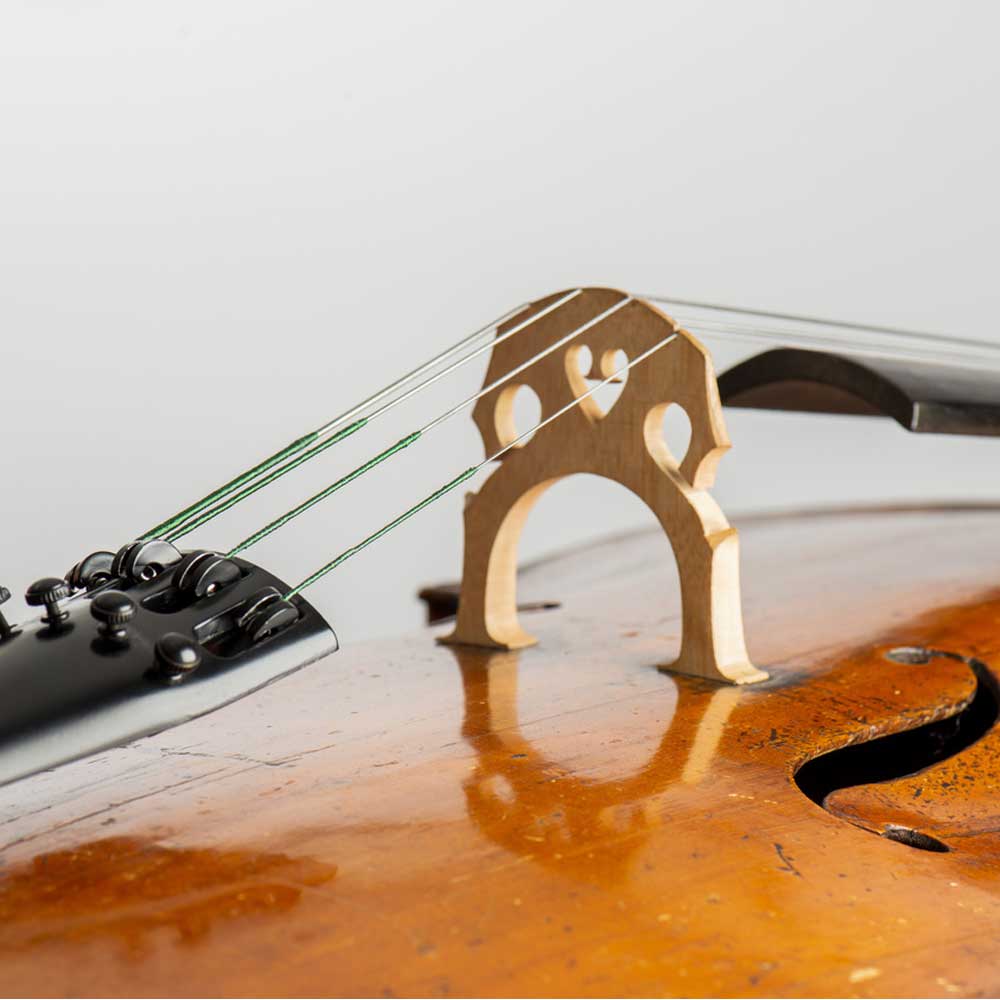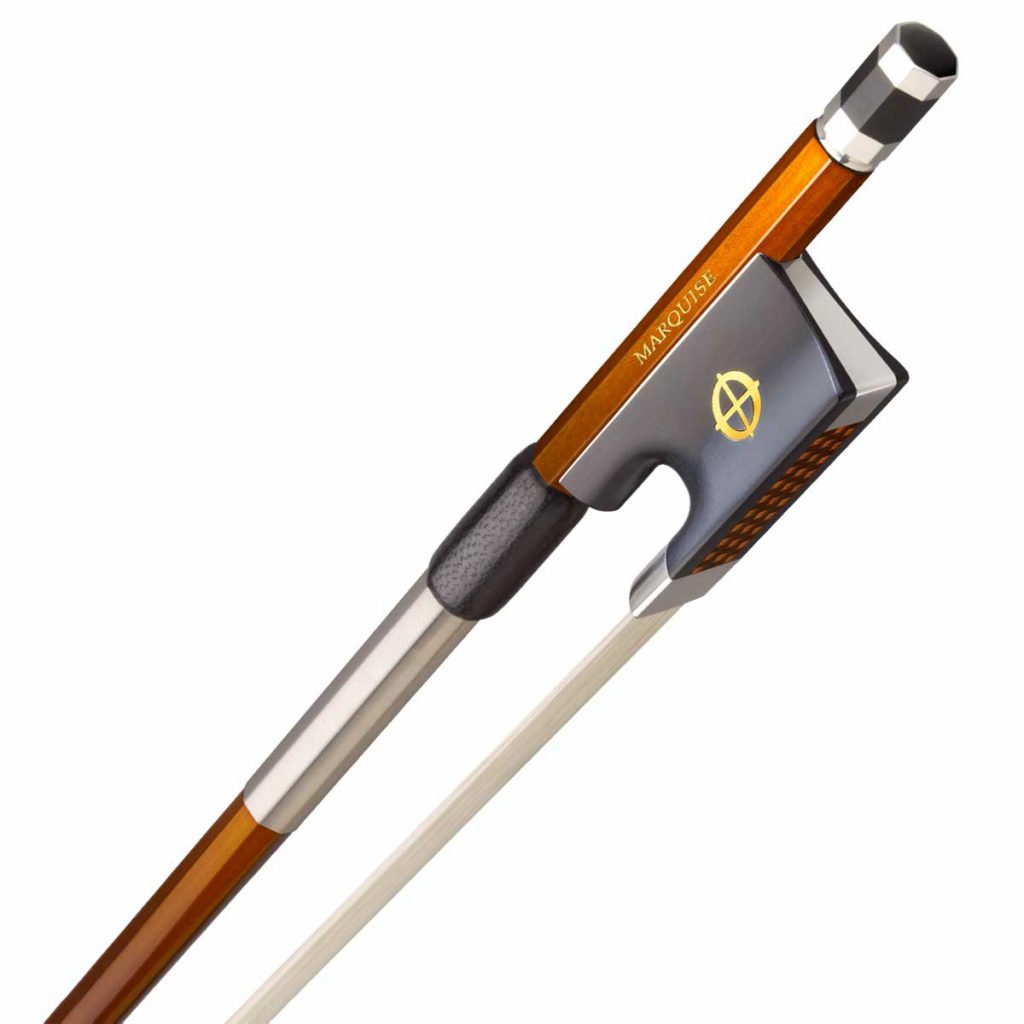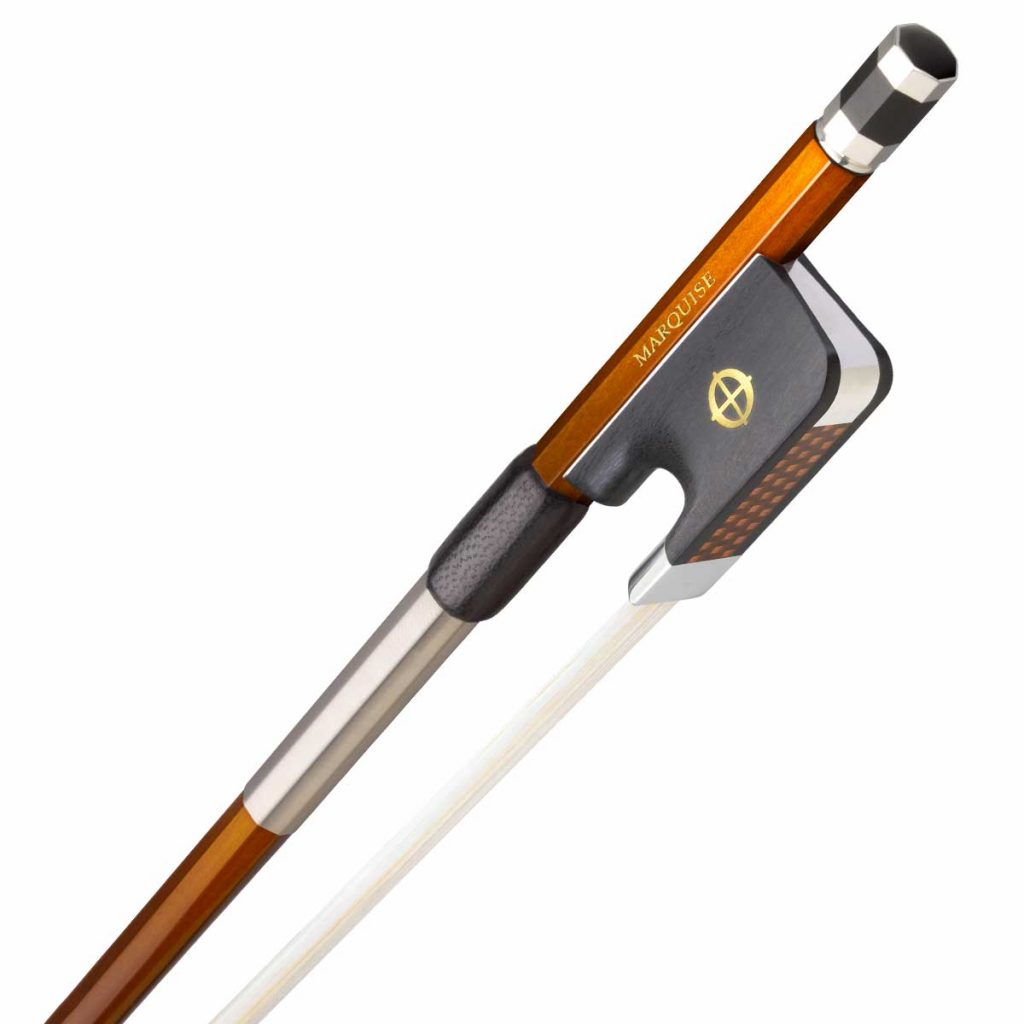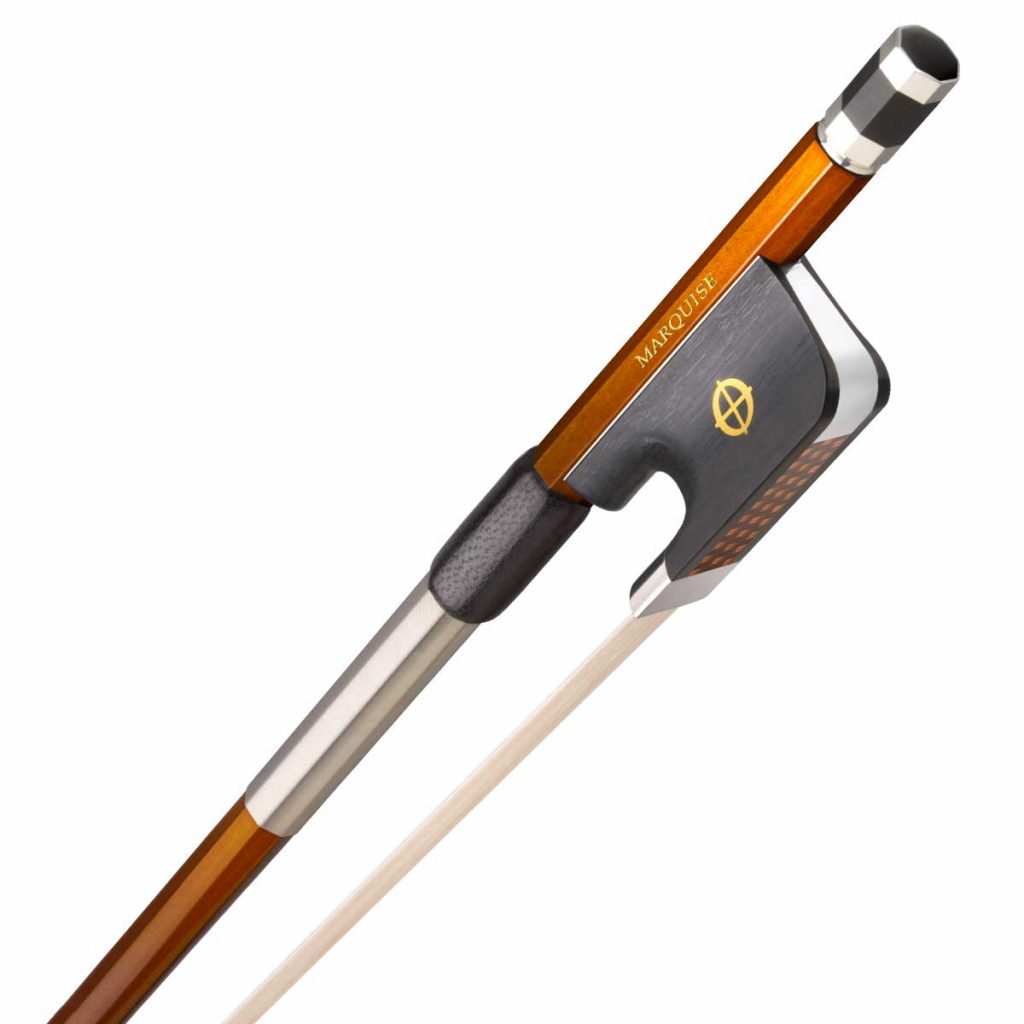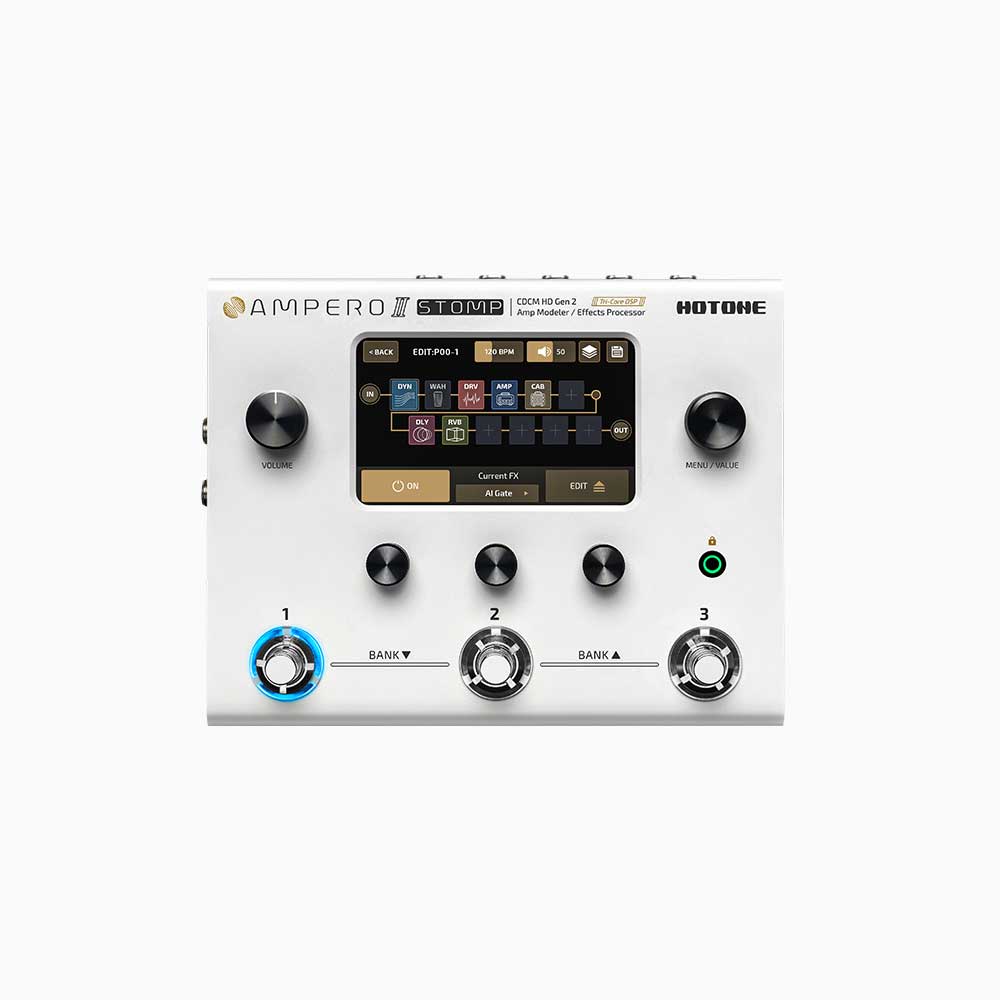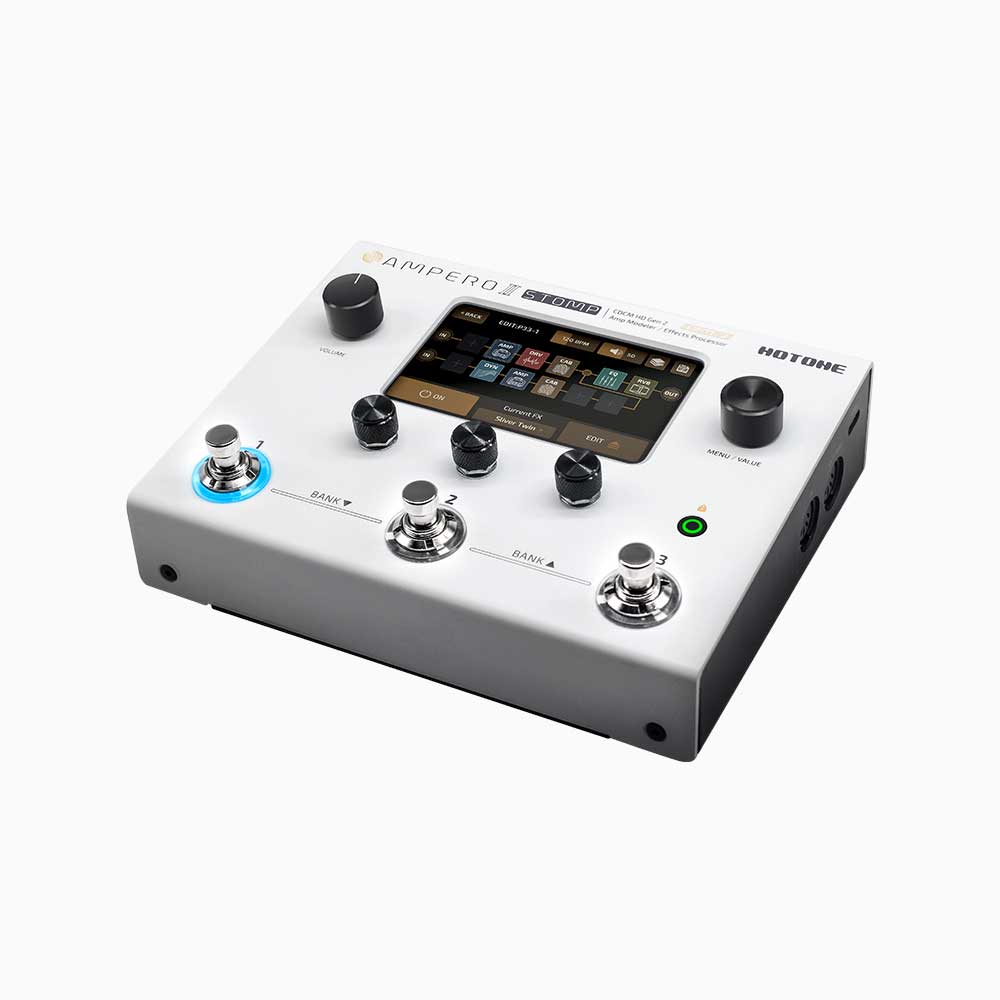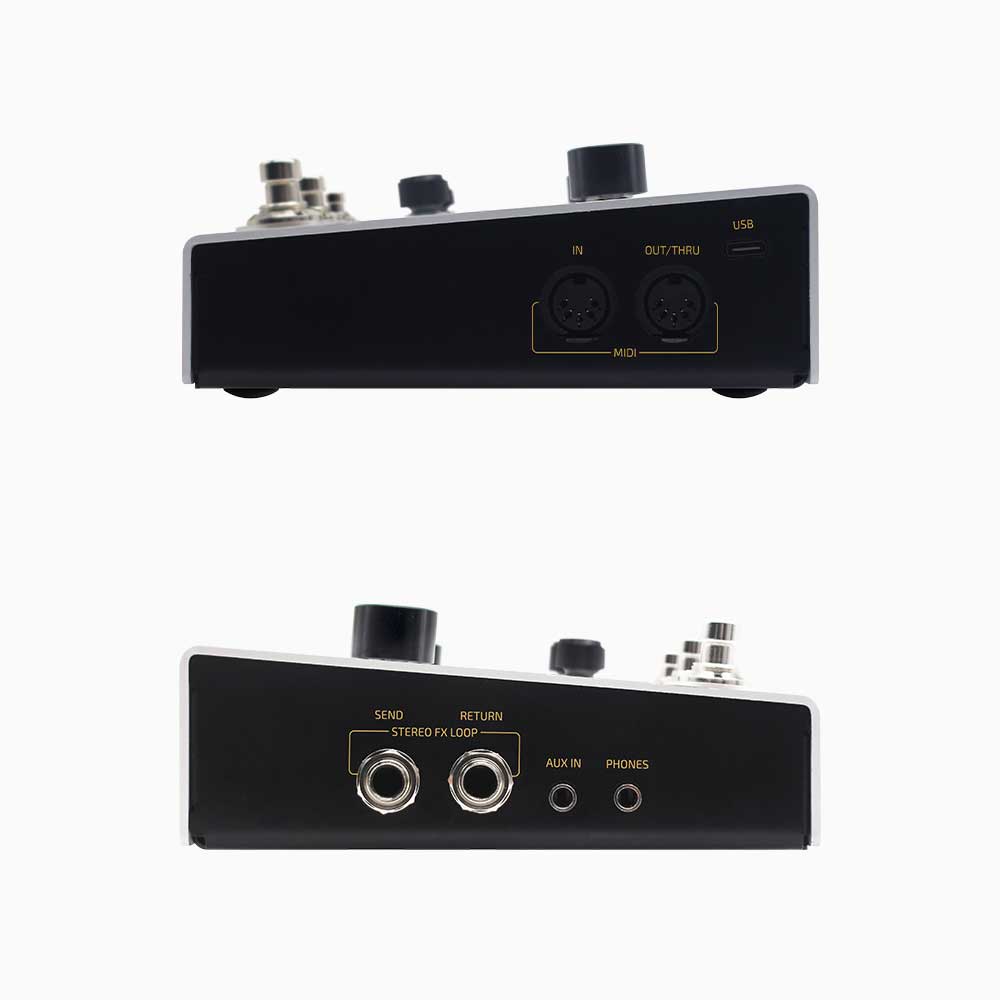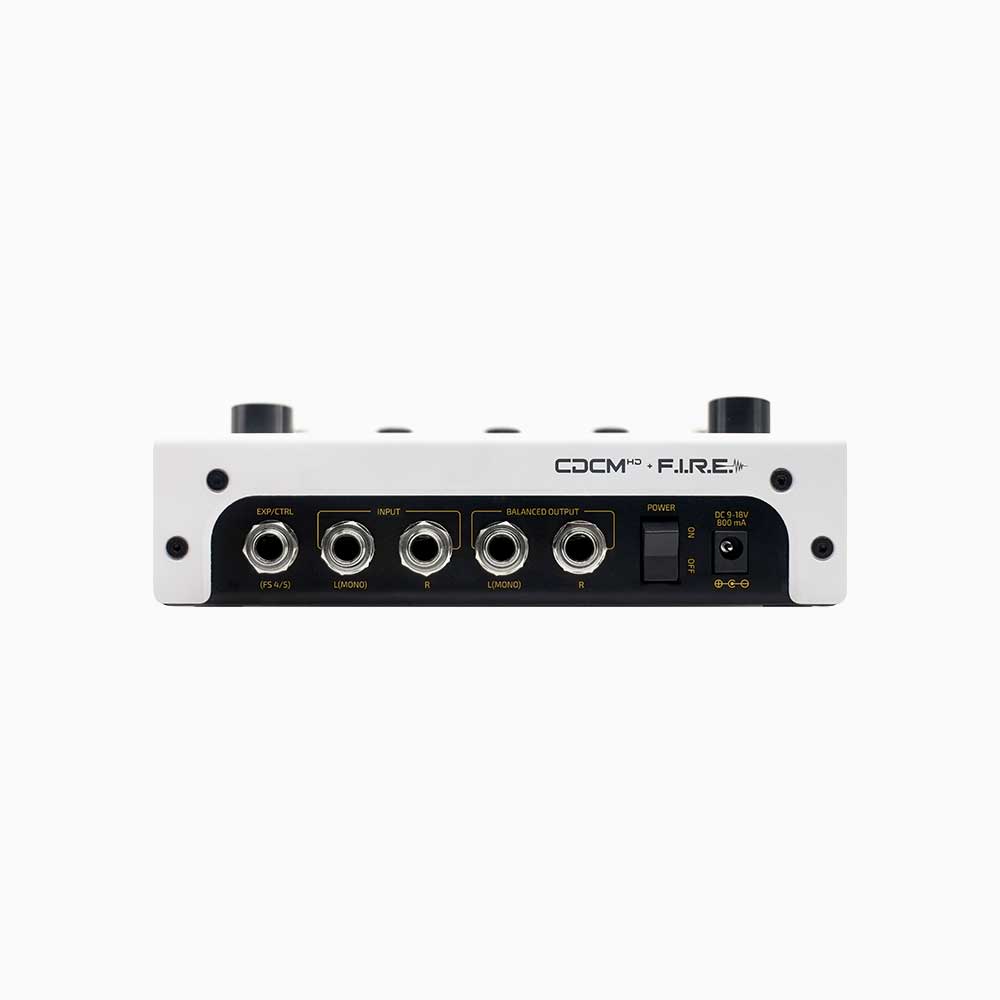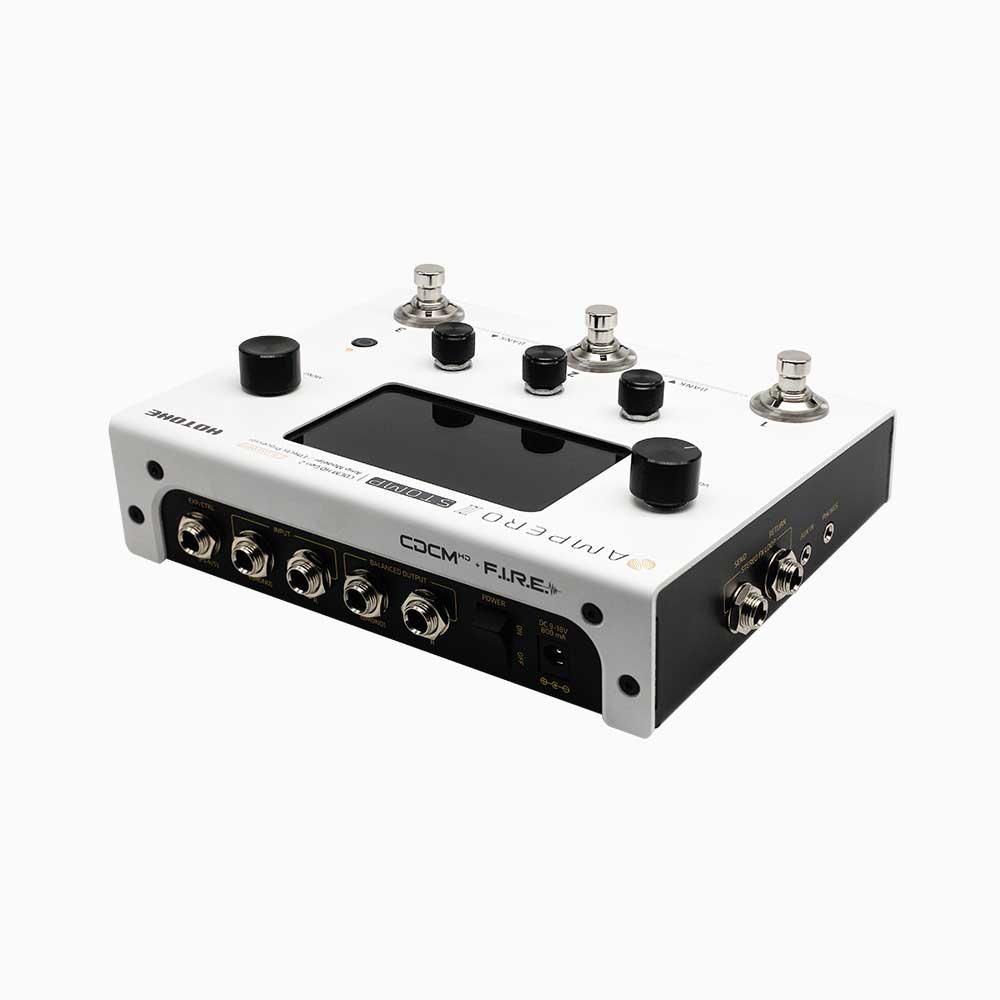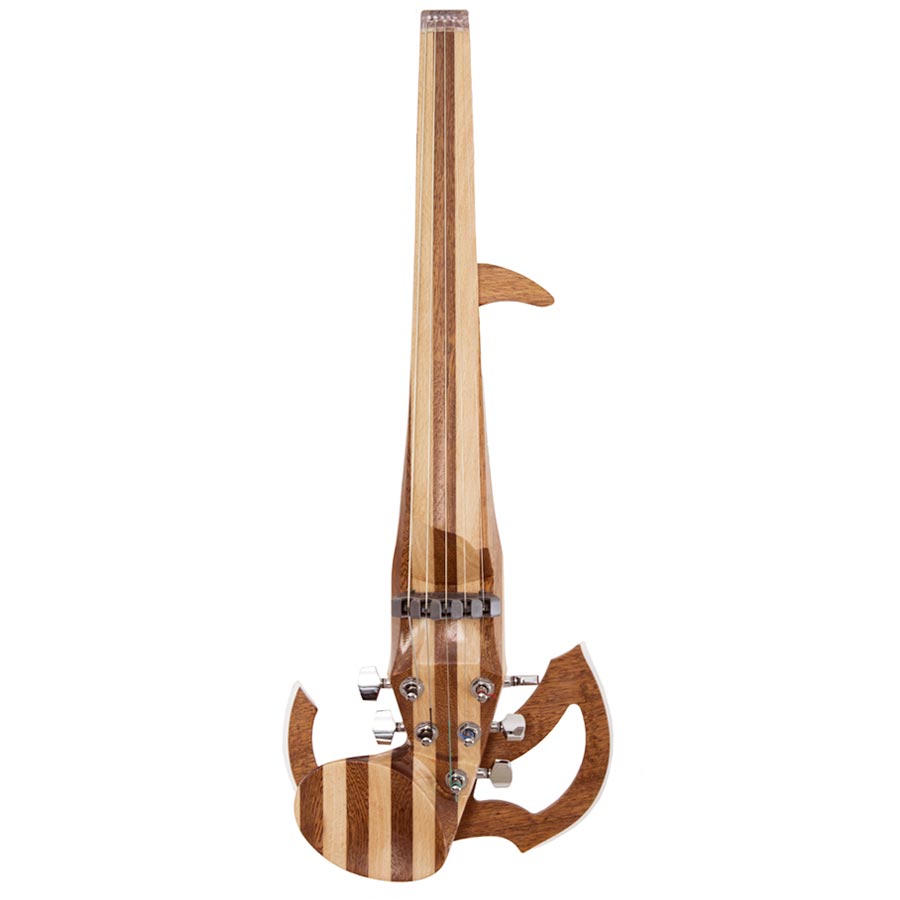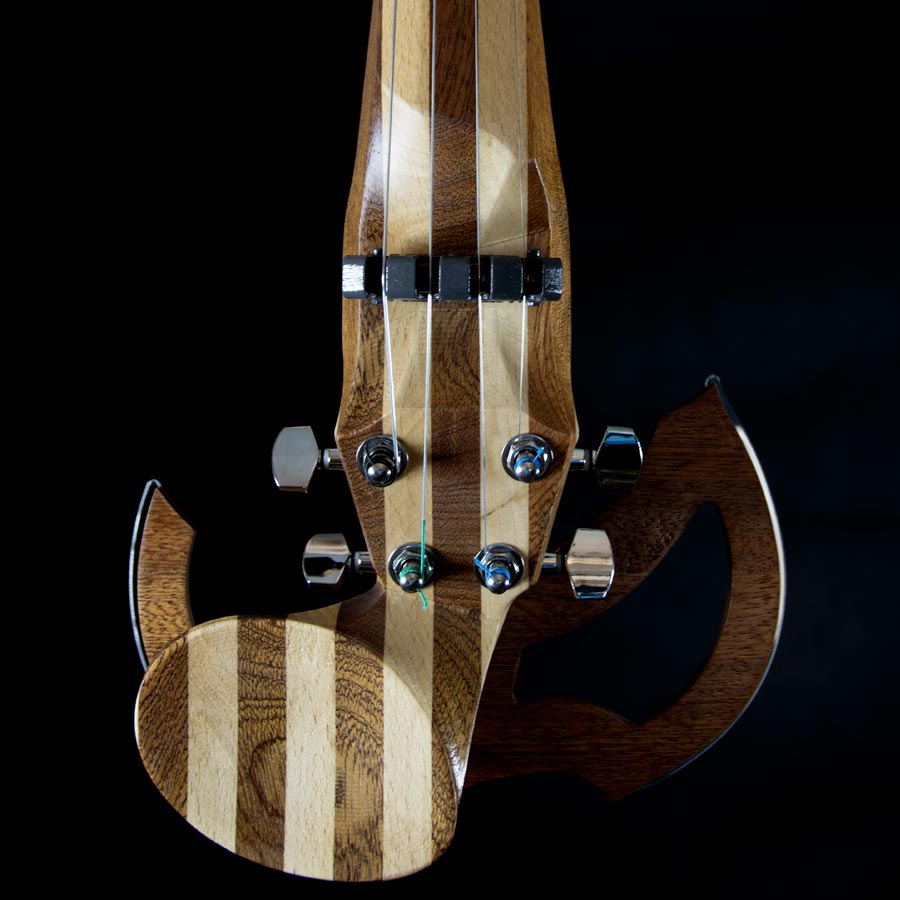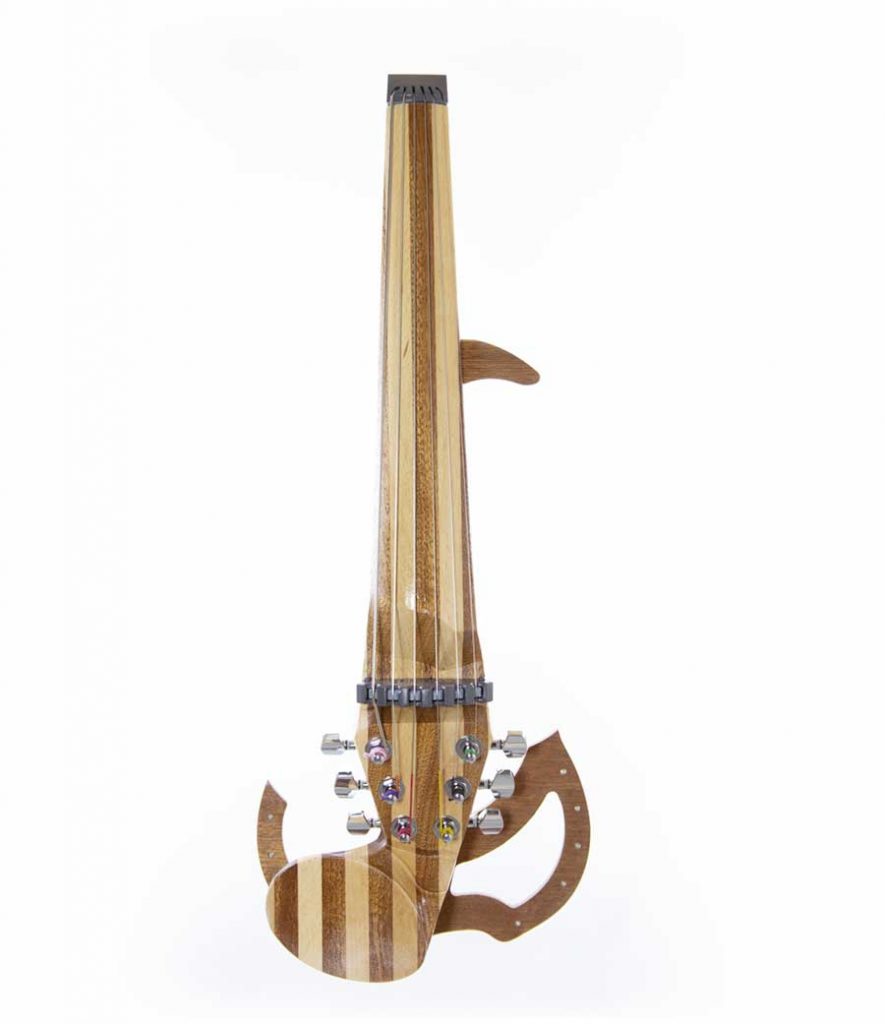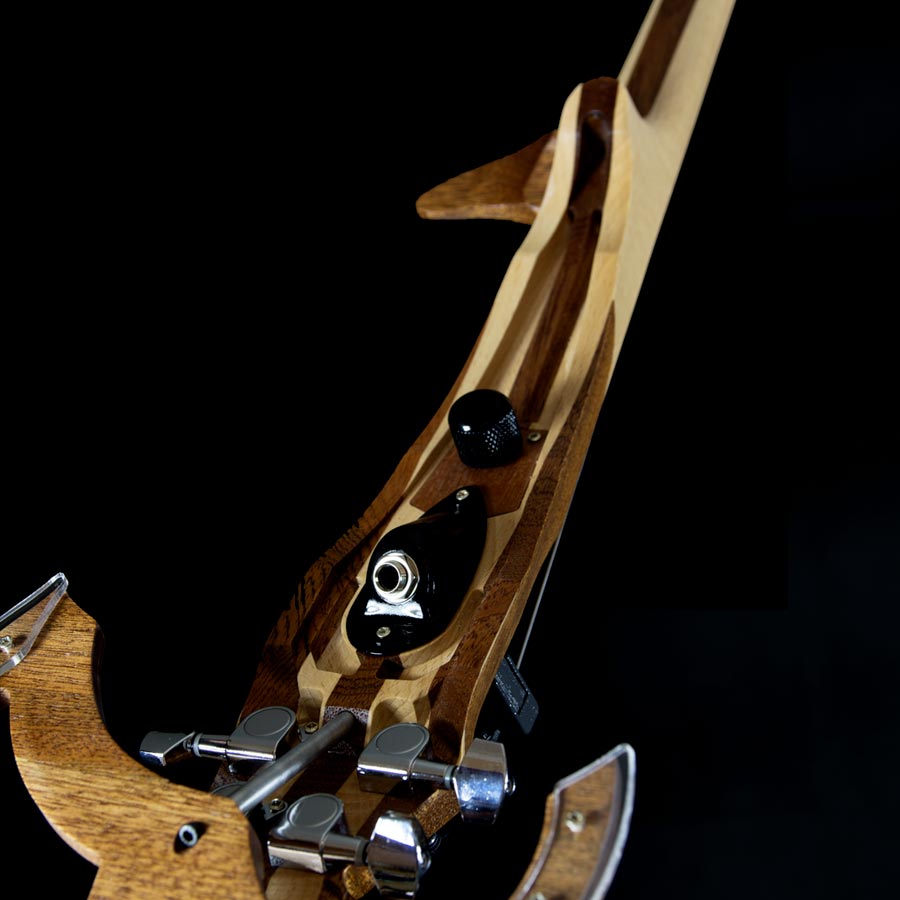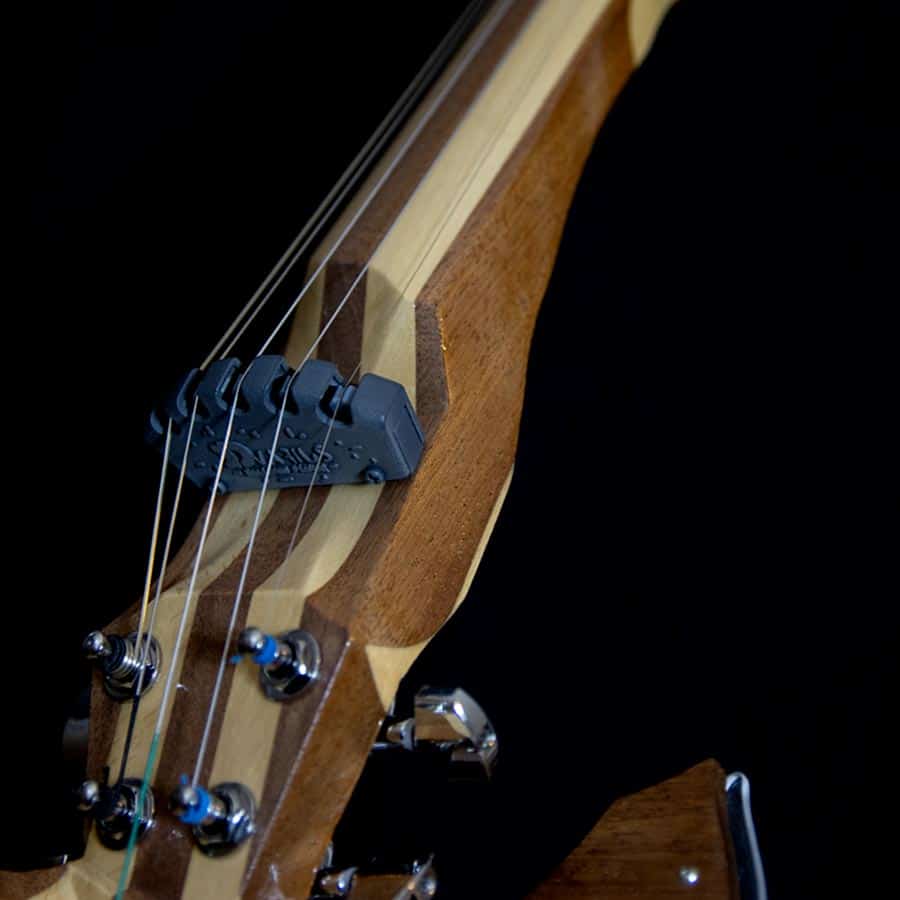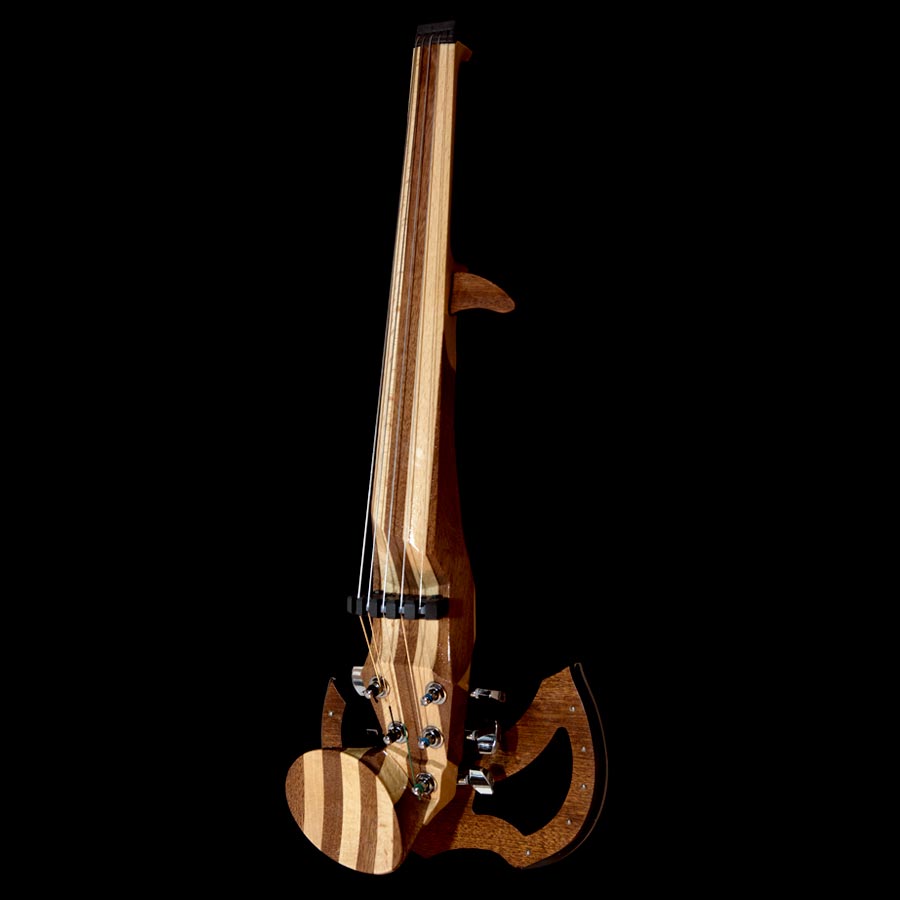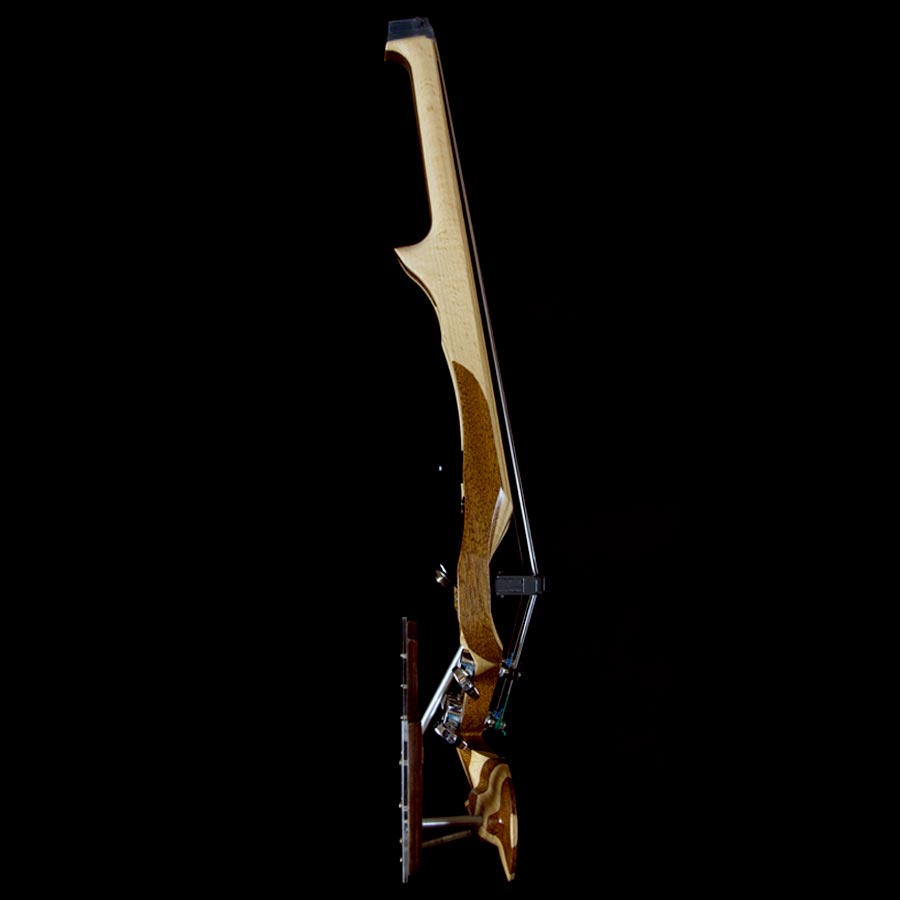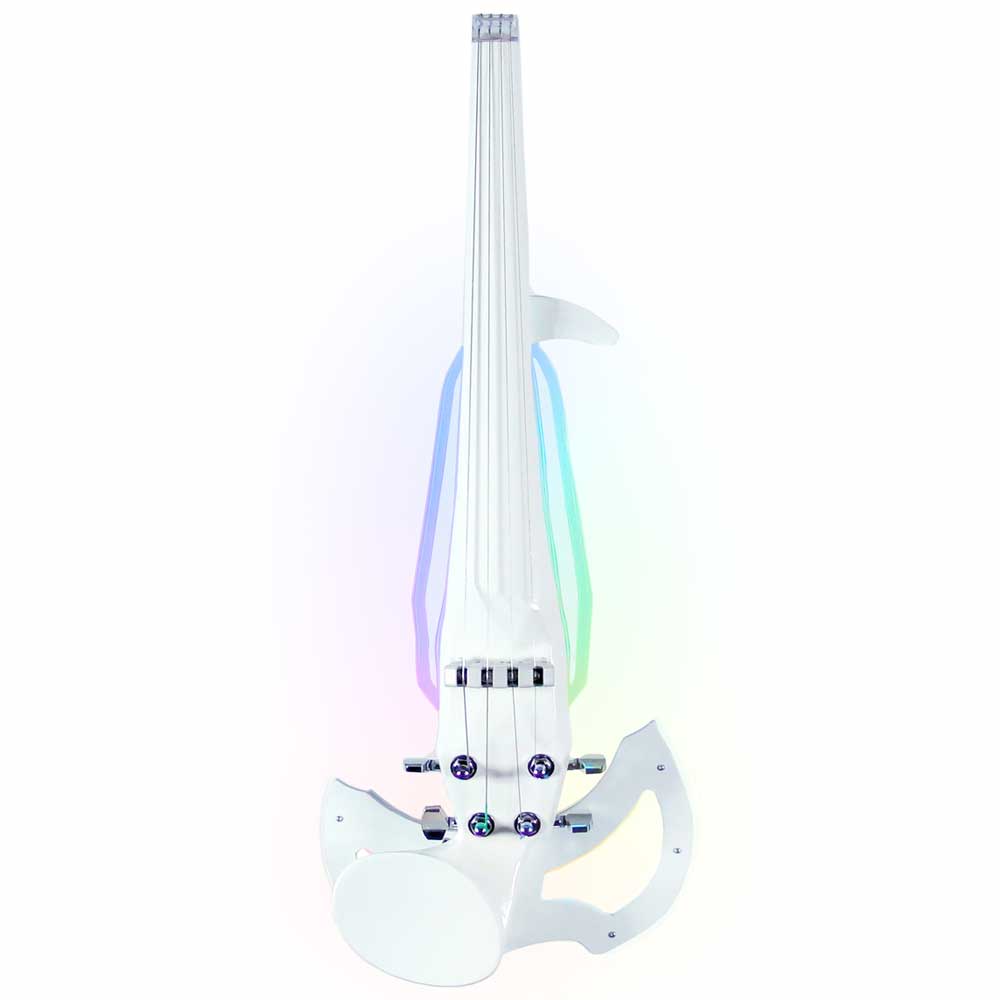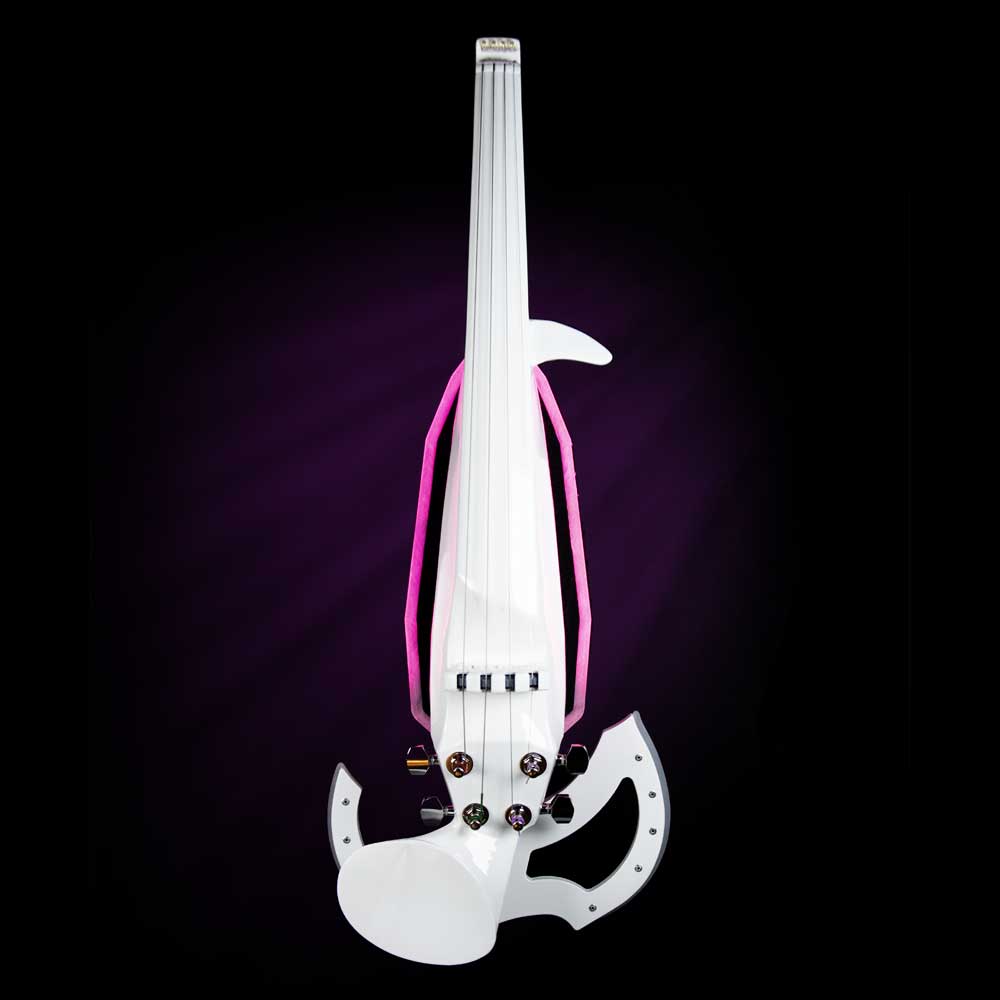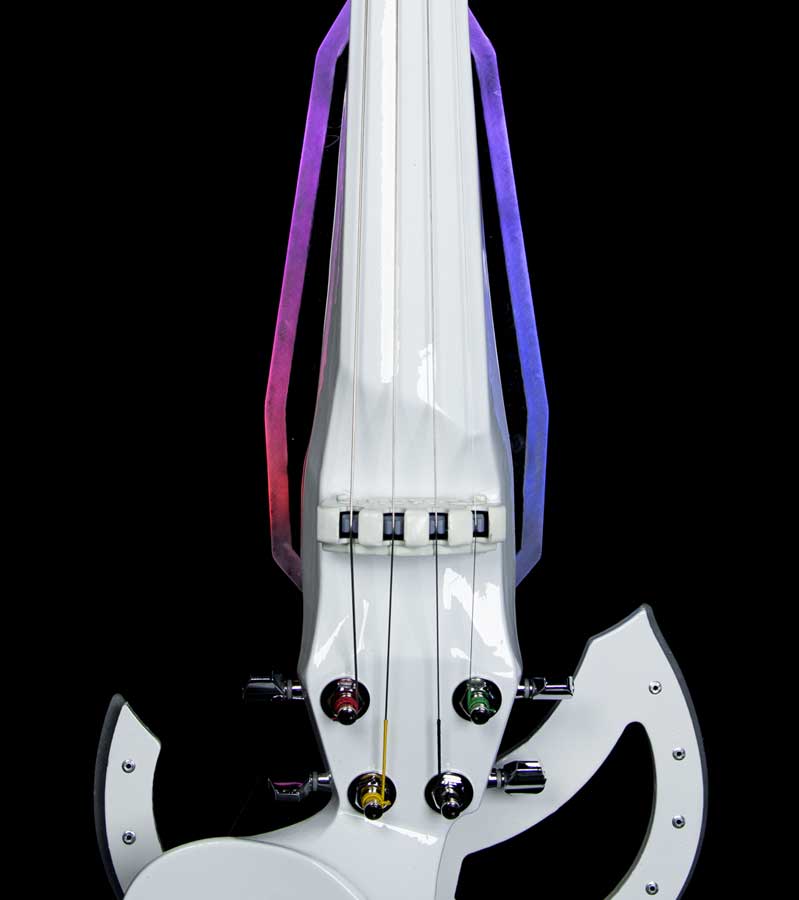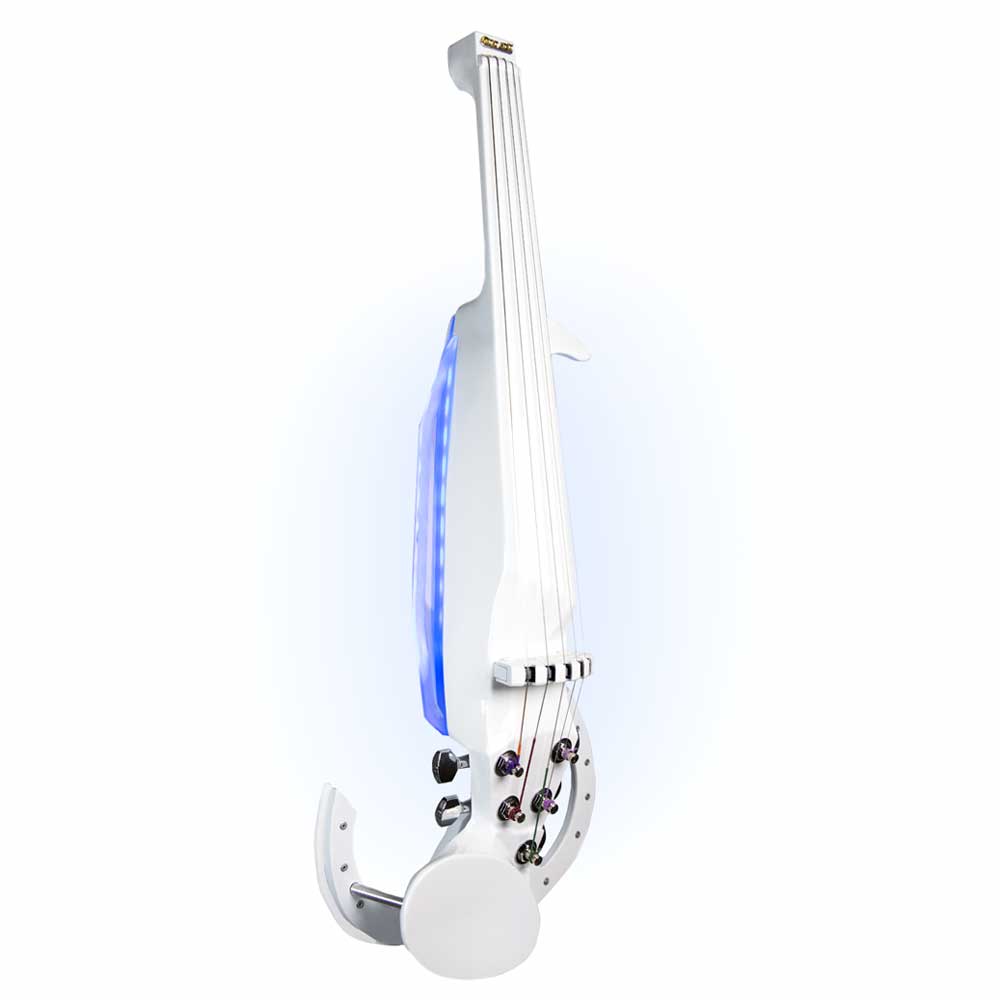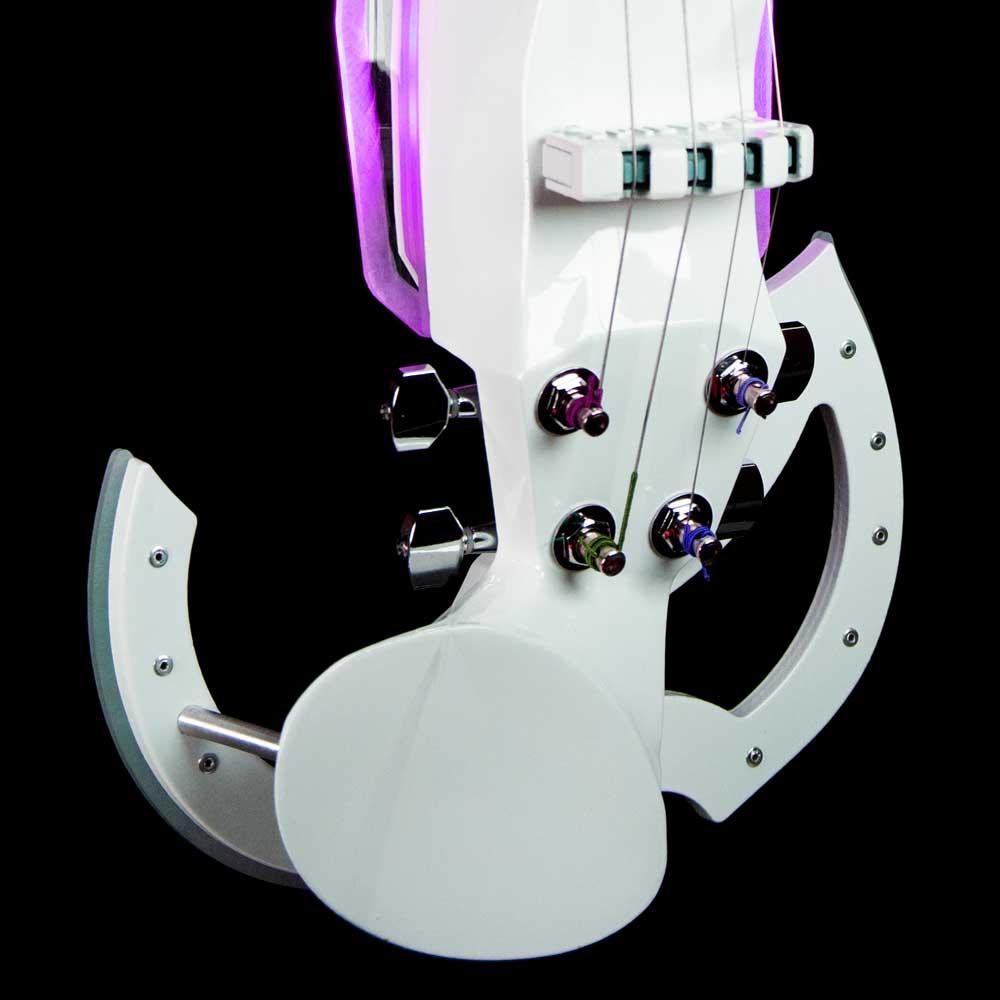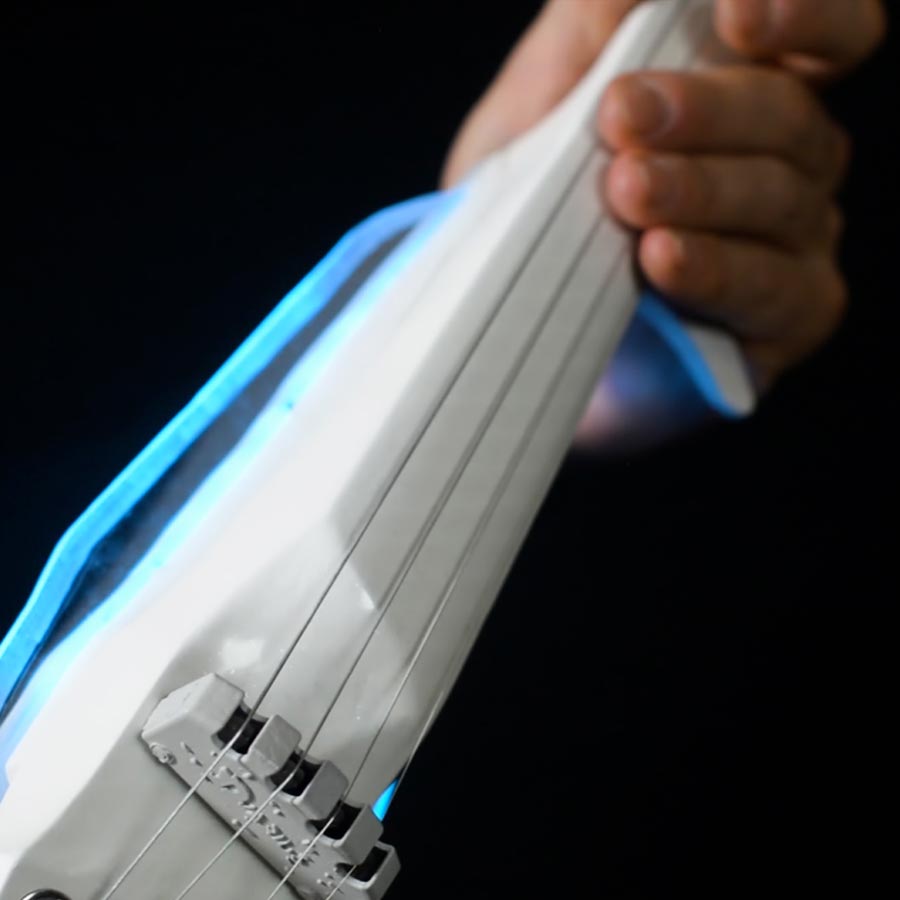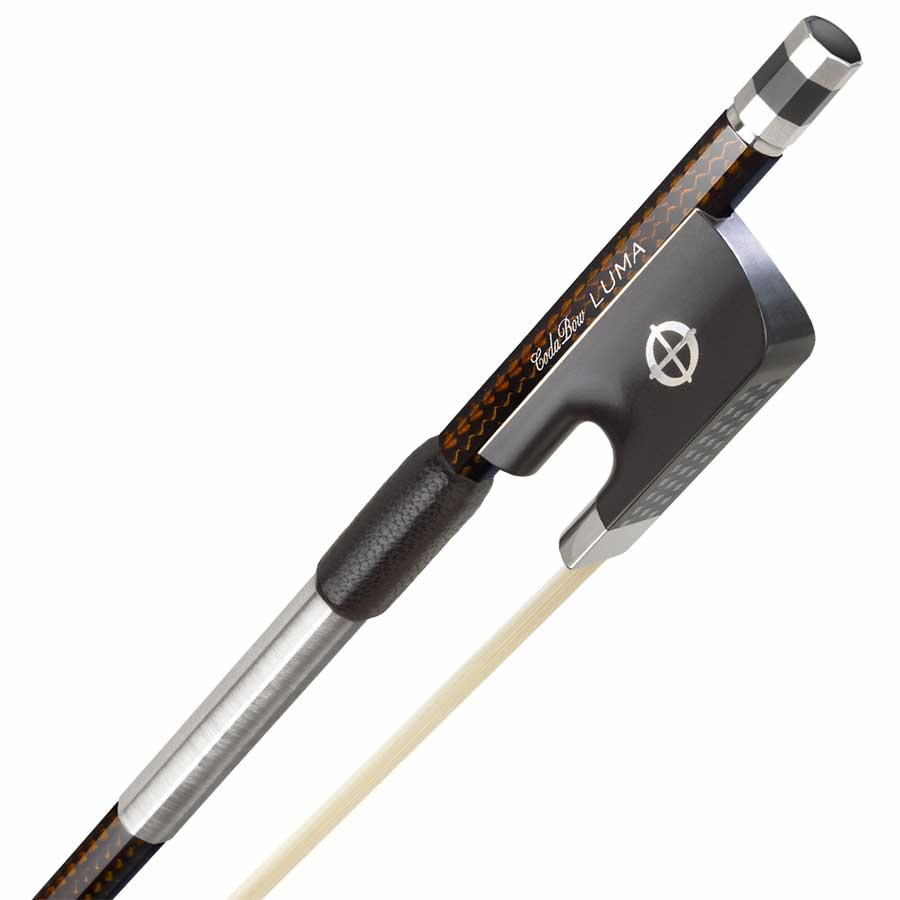Playing the violin or the viola requires a lot of effort and diligence. It will take many years of hard work to get a good level. And as for an athlete, these years of practice are filled with pains and injuries that will slow down your progress.
We are talking about more or less serious pains, which can sometimes persist until you get tired of your musical training. These pains result from a poorly controlled intensive practice. Top athletes are also confronted with these intensive practices that the body cannot tolerate.
Daily work is essential to improve your level. However, it is essential to find the right balance between intensive practice and respect for one’s body. Too often, instrumentalists think that their bodies can withstand long hours of learning. However, without realizing it, the violinist or violist will force his body to support his instrument. This is how the first contractures are born, which, without being detected and treated, will become recurrent problems.
How to prevent pain?
Find the right posture
Very often, violinists adopt postures that will accelerate the onset of contractures and sometimes accentuate them. Finding the right posture to play is a challenge for any beginner. It is also very difficult to rework a bad posture adopted from the very beginning of the practice of the instrument. Re-learning how to position your body after years of practice is complicated!
What is often noticed is a misalignment of the spine. By supporting the violin on the left shoulder, the violinist tends to lean his spine in this direction. This discrepancy is accentuated by the weight of the violin on the left side, which is greater than that of the bow on the right side. This is even more noticeable among violists since a viola is heavier than a violin. A balance must therefore be found to keep the spine in line.
Another problem is the excessive elevation of the left shoulder in order to hold the violin between the shoulder and the chin rest. This posture requires physical work on the body and can lead to contractures.
Standing posture
Position your feet correctly to find good stability, while keeping your spine straight. Your left side should not carry more weight than your right side. Try to use the flexibility of your shoulders and arm to perform bow movements.
Sitting posture
If you play in a sitting position, use a chair or stool that allows you to sit correctly. Your feet should touch the ground. By being in contact with the ground, they help you maintain a good balance. The most difficult part of sitting will be to keep your pelvis in a posture that keeps your spine straight.
Listen to your body
These aches and pains are part of the life of an instrumentalist. Each profession has its disadvantages and pain is one of the disadvantages of the violin or viola player profession. It is possible to limit them, but there is no solution to avoid them. The more you practice, the more likely you are to feel discomfort.
It is important to listen to your body and know when it is best to stop. When you fell pain, you must be able to determine its source by analyzing your posture and the state of your physical and mental condition. Maybe you are tired? And your body is telling you that it needs to rest!
It is useless to continue the practice if you feel pain. Insisting is a mistake, because you are not going to eliminate the pain, but move it to another limb. Unconsciously, you will adopt a different posture to counteract this inconvenience. However, this position will not be adapted to the practice of an instrument and will generate new pains. It becomes an endless cycle in which having pain will be part of your daily life!
The best advice we can give you is to put down your instrument in case of pain and take a break for a few hours or for a day in order to relax.
A few good practices to implement
These simple practices can limit the pain felt by the violinist or the violist.
Warm up your muscles
A muscle warm-up may seem trivial to an instrumentalist. And yet, the practice of the violin or the viola imposes unnatural positions. All athletes warm up their muscles before practicing intensely. Musical practice may be less athletic but it requires twisting your extremities, which need to be warmed up in order to function under proper conditions.
Take breaks
Every violinist or violist must go through practice to improve his level. A playing session should be interspersed with breaks in order to relax your muscles. Put down your instrument and do something else for a few minutes.
Breathe well while playing
Studies show that a lot of instrumentalists tend to hold their breath the minute they focus on their playing. Apnea tires the body faster. Don’t forget to breathe when you play.
Check and analyze your posture
If you experience discomfort or tension when playing, try to determine where it comes from. What position did your back have at that precise moment? the position of your fingers? Or of your wrist? What types of movements did you perform with your bow? You may discover that the posture you adopted is not the right one!
Also check that your partitions are easy to read by adjusting the height of your music stand.
Stretch at the end of the practice
After a playing session, stretching a little bit the most used limbs will facilitate their recovery.
Have a sporting activity
It is recommended to have an additional sporting activity in order to tone the muscles, specifically the back muscles, and to maintain a certain flexibility.
Fight against the musician’s stage fright
Stage fright increases the risk of poor posture, and therefore muscle contractions. There is no such thing as a miracle recipe for dealing with stress. The more relaxed you are, the more comfortable you will be when playing!
Recurrent problems
Sore limbs
The most common pains involve the upper part of the body: the back, the shoulders and the cervical spine (upper part of the spine). These physical pains result from an unnatural posture adopted by the violinist or the violist. They impose on their body a position and physical constraints that cause pain.
The back
The position of the back is worked on from the beginning of the violin or viola training. It is essential for the accuracy of the sound and is continuously worked on. Muscle contractures are frequent as soon as the practice becomes daily. The instrumentalist will circumvent them by changing position, but this inappropriate position will gradually move the pain from one limb to another. In case of pain, avoid forcing it! Take a little rest. And if the pain persists, seek advice from a specialist.
The cervical vertebrae
They are often aching for violinists and violists. By holding their instrument between the shoulder and chin, the cervical vertebrae find themselves in an unnatural lateral position.
The shoulder
The shoulder is always slightly elevated to hold the instrument. This tends to tighten it and create contractures.
Wrists, hands and fingers
An important stress of these limbs is inevitable in the practice of a bowed string instrument. Whether on the right side to hold and move the bow, or on the left side to support the violin and perform the fingerings.
Frequent syndromes of the violinist and the violist
Articular and tendon problems
These are the most common afflictions encountered. They will affect the wrists, hands, shoulders, etc.
They generally result from a too regular intensive practice that the body cannot support. The only way to avoid them is to listen to your body and take breaks when you feel discomfort or tension in one of these limbs.
The most common problems are:
- Tendonitis
- Inflammations
Nerve compression syndromes
Nerve compression syndromes are the compression of a nerve. For the violinist or the violist, the most common are:
- Carpal tunnel syndrome (wrist)
- Cubital tunnel syndrome (elbow)
- Radial nerve compression syndrome (shoulder)
- Thoracic outlet syndrome (neck)
They result from recurrent movements specific to the practice of the violin or the viola. Each playing session requires keeping the musical instrument in a particular position. The daily repetition of the movements then leads to nerve compression syndromes.
What if the pain doesn’t go away?
In that case, you will need to see a specialist. Some physiotherapists or osteopaths may be able help you.
Images: Thomas Tetu, Expansivebits, Unsplash @stefany_andrade

